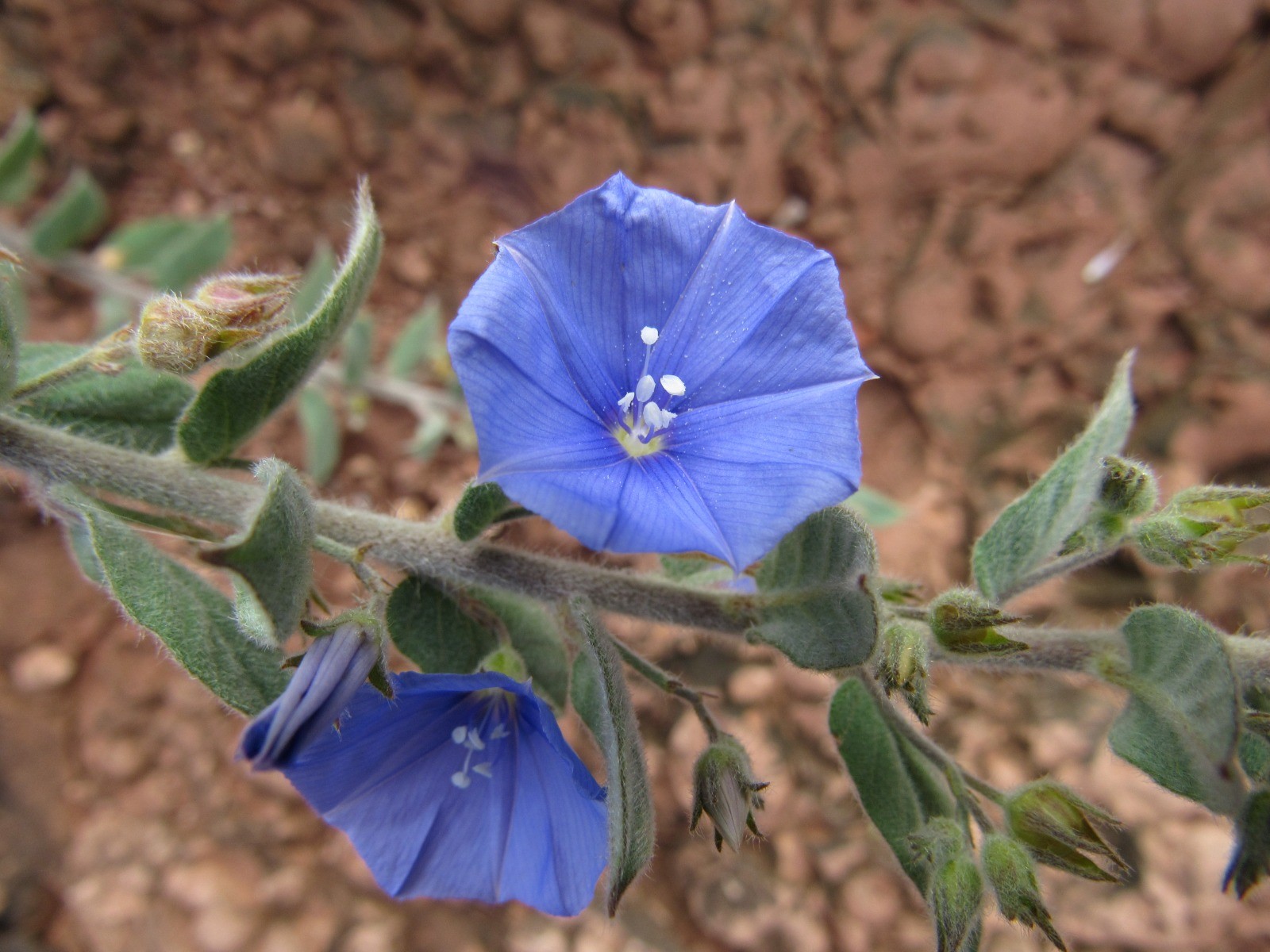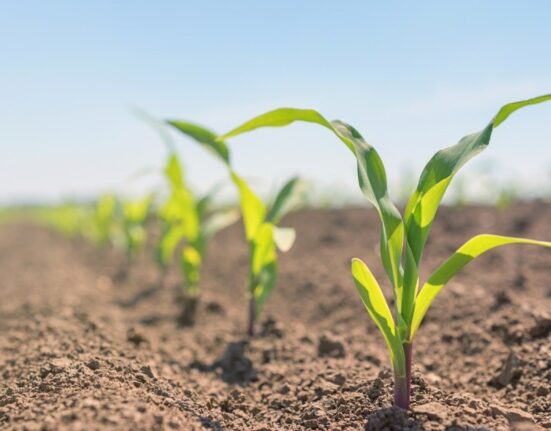“The Jacquemontia verae not only enriches Brazil’s flora catalog but underscores the Cerrado’s critical conservation significance,”
Isa Lúcia de Morais emphasizes. The plant has already showcased its importance by serving as a floral resource for various bee species, crucial for ecosystem pollination. However, despite its recent unveiling, Jacquemontia verae faces an imminent threat of extinction. Its only known habitat is an unprotected area in the throes of deforestation pressure, exacerbated by agricultural expansion, particularly due to livestock farming and monoculture practices. The unfolding scenario paints a grim picture for this newfound species, with the ongoing GO-401 highway paving works further encroaching on its habitat.
“The impact of the highway construction is dramatically altering the landscape, directly affecting the species’ survival,”
Isa points out. Informal assessments by experts have classified Jacquemontia verae as Critically Endangered, prompting urgent calls for establishing conservation units in the region and initiating seed collection and cultivation efforts for restoration areas. The critical state of this plant serves as a stark reminder of the delicate balance between progress and conservation, urging immediate action to safeguard its existence.
Diving into the botanical realm, Jacquemontia verae, belonging to the Jacquemontia genus, stands out with distinctive features setting it apart from its botanical relatives. Isa Lúcia de Morais highlights the absence of pedunculate glandular trichomes as a key trait distinguishing it from similar species. Additionally, its inflorescence showcases a unique arrangement known as dichasium, featuring notably elongated peduncles supporting the flowers. Beyond morphological disparities, the geographic distribution further sets Jacquemontia verae apart, with its sole population identified in Quirinópolis, Goiás, contrasting with the range of its botanical cousins in neighboring countries and regions.
The significance of discovering Jacquemontia verae extends beyond taxonomy, shedding light on Brazil’s rich biodiversity tapestry and reinforcing the urgent need for Cerrado preservation. With 47 Jacquemontia species nestled in the Cerrado, this biome emerges as a biodiversity hotspot for these plants. Isa Lúcia de Morais underscores the pivotal role of species discovery in unraveling ecological interactions and formulating effective conservation strategies, highlighting the broader implications of this botanical find.
In a heartfelt tribute, the plant’s nomenclature pays homage to botanist Vera Lúcia Gomes Klein, a stalwart in Brazilian botany, particularly in Goiás. Vera’s enduring legacy in botanical research and her commitment to understanding Brazil’s flora have left an indelible mark on the scientific community. Naming the new species “verae” serves not only as a nod to her invaluable contributions but also as a beacon of inspiration for future botanists and conservationists, celebrating a trailblazing career dedicated to botanical exploration and knowledge dissemination.
As we navigate the delicate dance between progress and conservation, the story of Jacquemontia verae stands as a poignant reminder of the fragility of our natural world and the crucial role of science in preserving our environmental heritage. Through collective efforts and a renewed commitment to biodiversity conservation, we can ensure that Jacquemontia verae thrives as a symbol of resilience in the face of environmental challenges, embodying the enduring spirit of botanical exploration and conservation in safeguarding our planet’s natural wonders.









Leave feedback about this